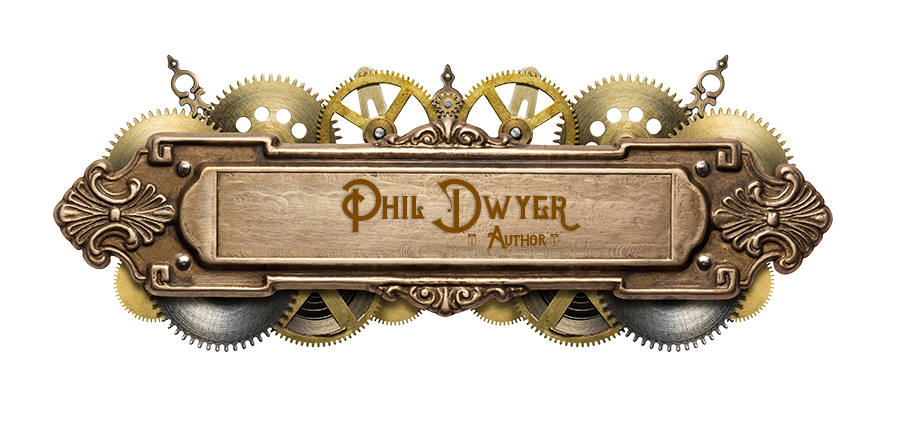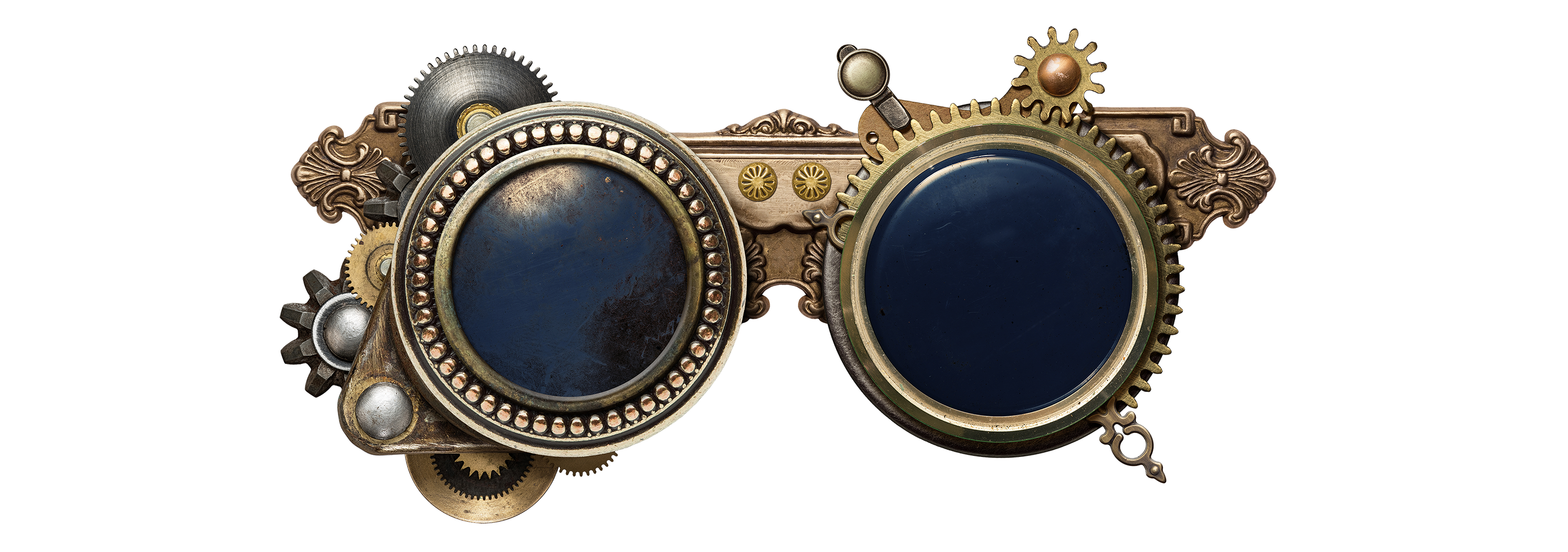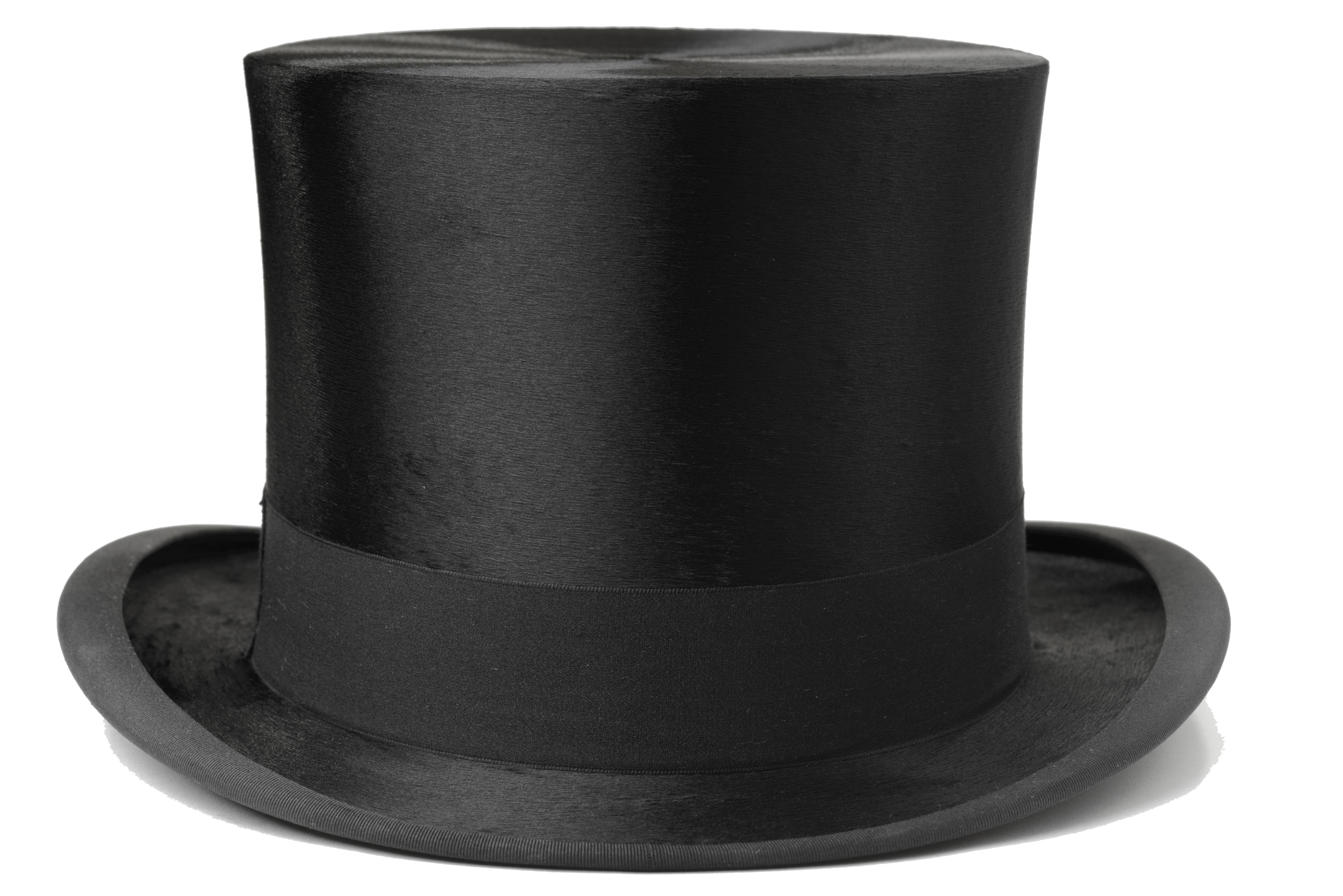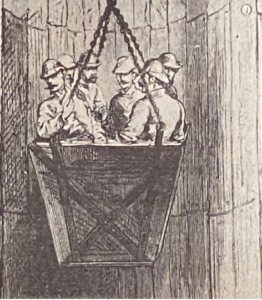Bartitsu—The Compendium Approach to Martial Arts


Bartitsu is the martial art your weird Uncle Archibald practices every evening after he’s watered his collection of rare orchids, and fed his Azawakh, which he’s named Eunice, after his long-dead wife, because she has Eunice’s winsome looks.
It’s hard to take Bartitsu* seriously. There’s a Pythonesque quality about the surviving photos of men in boaters practicing the martial art. It looks as if it might have emerged from the Ministry of Silly Walks. And yet, in the early years of the twentieth century no less a person than Sir Arthur Conan Doyle (author of the Sherlock Holmes stories) championed the art.
There’s something quintessentially English about it. Just as the language itself borrows from and re-invents every language with which it comes into contact, so Bartitsu borrowed from and re-invented a number of martial arts: boxing, savate (French kick-boxing), judo, jujitsu and fencing among them.
It was the brainchild of one Edward William Barton-Wright, an English engineer who had spent some time working in Japan. On his return to England in 1898 he announced that he had invented “a new art of self-defence.” The name is a rather clumsy fusion of Barton-Wright’s surname with jujitsu.
Barton-Wright founded a Bartitsu club in London to teach the martial art to wealthy gentlemen, but it seems he had misjudged his market. By the summer of 1902 the club was wound up. According to William Garrud (husband of Edith Garrud), the enrollment and tuition fees were too high.
It seems unlikely that Nikola Ferdinand (best friend of Algernon Quasley-Botham-Squyre, the infamous Alchemist of Slaithwaite Hall) ever studied under Barton-Wright, as he was not in England at that time, although he did claim to have knowledge of Bartitsu (perhaps through the other martial arts he studied).
Note:
* There is some confusion over the proper spelling of the name Bartitsu, owing to a typographical error in a report carried by the Times of London in 1901. It seems Conan-Doyle must have replicated this error in his 1903 story, The Adventure of the Empty House. The proper spelling was not reestablished until the 1990s.
X.T. Pfuffenstoffel.







